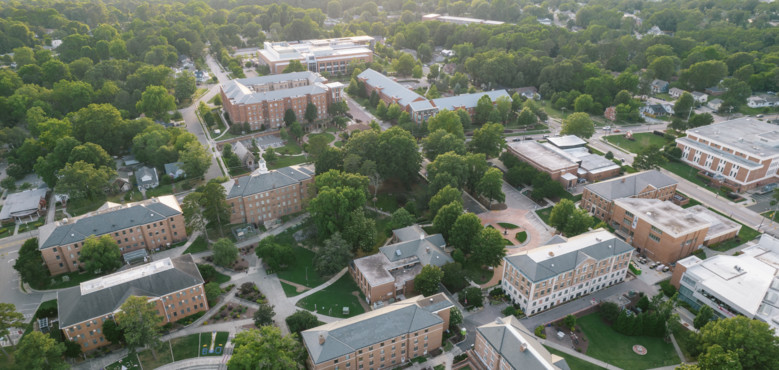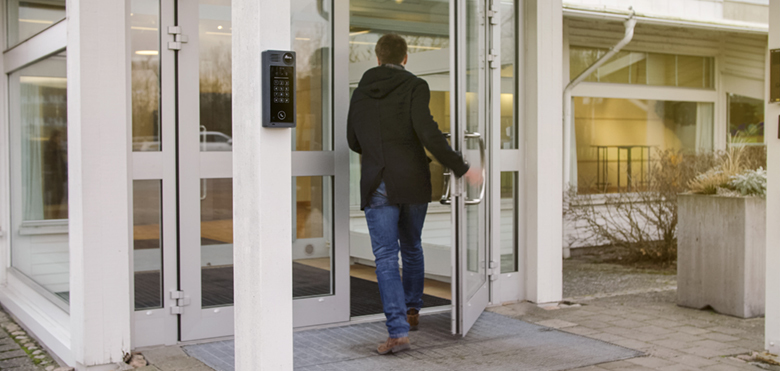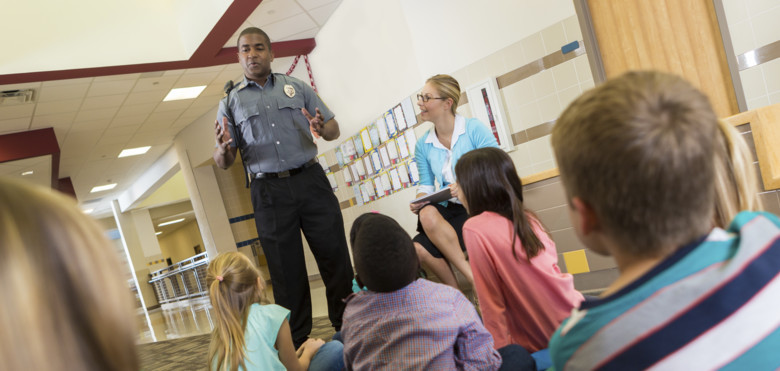Modern technologies for school emergency preparedness
School security standards are ever-changing, with an increasing number of schools across the globe now practicing “lockdown” measures to safeguard against potential threats. These range from medical emergencies, irate parents, and gangs in the community, to more acute, active assailant threats. While there are a wide variety of “lockdown solutions” available on the market to help protect against these threats, choosing the most appropriate solution can be overwhelming for schools trying to create safer learning environments.
What’s the best lockdown solution?
While some may view lockdown solutions in terms of hardware and technology, education industry security professionals advocate for a more comprehensive approach – viewing a lockdown as a combination of people, processes, and technology.
It is important to note that sophisticated technology is only valuable to those who know how to use it properly. The relevant individuals must be properly trained in both how to use it and how to best incorporate it into a broader safety plan.
Let’s discuss how to create an effective lockdown strategy to help minimize personal safety threats in school.
Get a qualified vulnerability assessment
A physical security professional certified in vulnerability assessment can help identify specific safety risks that may expose students and staff to an active assailant threat. Examples of risks include:
- Vulnerabilities in the design of the school’s physical environment – such as a floor-to-ceiling plate glass window next to the locked entrance door.
- “Human error” risks from inadequate training– like a new staff member politely holding open a door for an unknown visitor.
- Risks from outdated or non-functional technology– like the neglected classroom intercom that’s hidden behind storage bins.
Identifying safety vulnerabilities will help your school better prioritize budgets and technology procurement. But more than that, it will highlight where additional safety protocols or training may be needed.
Develop an emergency preparedness plan
Most schools are required to have a documented emergency preparedness plan. Ideally, this plan addresses several potential emergency situations. Specifically for a lockdown, the plan should include protocols to address all phases of a threat:
The moment the threat begins – when the threat is neutralized – when people are evacuated – when children are safely reunited with their families
Educate and train all stakeholders
To aid in having the best possible outcome in the face of an emergency, frequent and robust training in emergency preparedness is highly recommended.
For those inside the school facing a threat – students, teachers, administrators, and staff – it’s important to be immediately familiar with:
- Where to seek shelter from manmade or natural events
- How to secure the area
- How to respond when danger is imminent
- When it is/isn’t okay to unlock doors
- How to stay informed
- Where to escape
- How to behave when meeting armed law enforcement
- Evacuation and reunification procedures
Outside of school, law enforcement and first responders must also practice rapid response and crisis management. Parents need to be familiar with reunification protocols. Even those in the surrounding community play a role – making sure they take personal safety precautions and helping rather than hindering first responders.
It’s a long chain of events with several moving parts and countless people involved. With so much at stake, regular training can be lifesaving.
Restrict access to unwanted visitors
Restricting access to unwanted visitors can prevent a threat from ever entering the school.
A secure vestibule is the first line of defense. Defined as a secured space with two or more sets of locked doors and an office sign-in area, the secure vestibule should be the single point of entry for any visitors or late arriving students. Installing automatic locks on all exterior doors helps ensure that the secure vestibule is the single point of entry. In the secure vestibule between the school’s front door and interior door, schools should install protective film on the tempered glass window to help deter any potential intruders. The film holds together potentially broken glass and intruders cannot get through it. This cost-effective safety measure further restricts access to unwanted visitors.
At the office sign-in area, visitors should be registered using a school visitor management system which enables schools to match children with custodial parents and check sex offender databases, as well as create visitor badges, reports and instant notifications. Education establishments, such as the Concordia Lutheran School in the USA, have been able to successfully utilize intelligent access control technology to help mitigate potential unwanted visitors.
However, securing only exterior doors is not enough if the threat comes from within the school. For this reason, it is also important that schools ensure interior doors have locking capabilities. Sadly, many schools still have classroom doors that require staff to step out into the hallway to lock the doors – creating a major safety threat in an active assailant situation. We examine the pros and cons of automatic locks on interior doors in a separate article.
Communicate with all stakeholders
Sharing important information with the people who need it – students, staff, first responders, parents and media – can be key in a lockdown situation. Schools should implement an integrated communication system – one that includes a public address solution for school-wide communication – accessible both from the front office as well as from a SIP-enabled phone or device. In addition to a public address system, schools should be equipped with electronic signage and strobe lights (both inside and outside the school), as well as two-way communication between classrooms and the front office via radio or intercom systems.
Communicating with stakeholders outside of school is equally important. A duress button (in Germany, an “Amok alarm”) can immediately notify law enforcement of an imminent threat and further trigger standardized protocols or pre-recorded messages. A parent notification system alerts parents to a lockdown situation and provides them with reunification information, thus keeping them away from a locked down school where they could potentially hinder first responders. Additional integration with EMS notification systems helps spread reliable information throughout the community and to the media.
Visualize threats
Video surveillance is crucial to monitor threats and should be accessible by law enforcement in a lockdown situation. Video surveillance while children are present becomes a sensitive issue, but ultimately safety is the top priority. Monitoring in key locations such as school entrances and hallways can help deter and mitigate unwanted behavior. In a lockdown situation, video monitoring activated by an emergency call or duress alarm can provide law enforcement with vital real-time images, telling authorities:
- The nature of the threat
- The number and description of any perpetrators
- The perpetrators’ location in the school
- Information about any weapons that may be involved
Modern analytics such as gun detection are invaluable in creating an advanced warning of any active assailants and their weapons before they create a violent incident. These types of analytics can trigger an alert for prevention, working directly off the connected video surveillance technology.
If the cameras are also equipped with audio capability, police can hear what is happening even beyond the camera’s field of view. A variety of audio and video analytics are available to help create early threat awareness. For example, sound detection analytics can generate an immediate alert if breaking glass, aggression, or a gunshot is detected – giving security officers and law enforcement as much time as possible to respond to the threat.
Make sure everyone is accounted for
When schools enter lockdown mode, they are liable for their students’ locations beyond the initial call – they must follow the students’ whereabouts throughout the evacuation and final reunification with parents. With a cloud-based student accountability app, teachers can access class lists and update student locations directly from a smart phone or tablet. They can also check to see if any missing students are accounted for by a teacher in a different classroom.
It is important to note that these are only a few suggestions for creating safer learning environments and there is no “one-size-fits-all” solution for comprehensive school security. To find the best solution for your school, it’s important to consult a physical security expert, and regularly test and review your security protocol. The Cybersecurity & Infrastructure Security Agency has also published its K-12 School Security Guide. It offers detailed advice on how to ensure your school has a robust, layered approach to physical security that is a must read.
Find out more about Axis solutions for education




